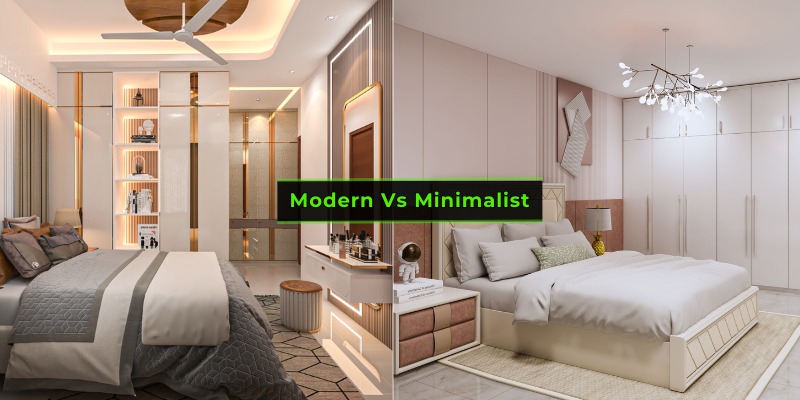Modern and minimalist interior design styles both offer sleek, stylish spaces. Each has unique characteristics that appeal to different tastes and needs.
Understanding the differences between modern and minimalist design can help you choose the best style for your home. Modern design focuses on simplicity and functionality with a touch of elegance. It often features clean lines, neutral colors, and a blend of natural and industrial materials.
Minimalist design, on the other hand, takes simplicity to the next level. It emphasizes the essentials, leaving out any unnecessary elements. This approach creates a calm and uncluttered space. By comparing these two styles, you can decide which one aligns better with your preferences and lifestyle. Let’s explore what sets them apart and how each can transform your living space.
Introduction To Interior Design Styles
Interior design styles shape the look and feel of your space. Your choice reflects your personality and influences how you experience your home. Two popular styles are modern and minimalist. Each has unique features that cater to different tastes and needs.
Importance Of Choosing A Style
Choosing a style gives your home a cohesive look. It helps create a balanced and harmonious environment. A defined style makes shopping for furniture and decor easier. You’ll know what fits and what doesn’t. This ensures every piece complements the overall design. A chosen style also reflects your personal taste. It shows who you are and what you love.
Overview Of Modern And Minimalist Designs
Modern design focuses on clean lines and simple forms. It often includes natural materials and neutral colors. Think sleek furniture and open spaces. Modern interiors feel functional and uncluttered.
Minimalist design takes simplicity further. It embraces the “less is more” philosophy. Only essential items are used. This creates a serene and uncluttered space. Minimalist interiors often feature white walls and minimal decor. The focus is on functionality and simplicity.
Both styles value simplicity and functionality. Yet, they achieve this in different ways. Modern design is more flexible and can include decorative elements. Minimalist design sticks to the bare essentials.
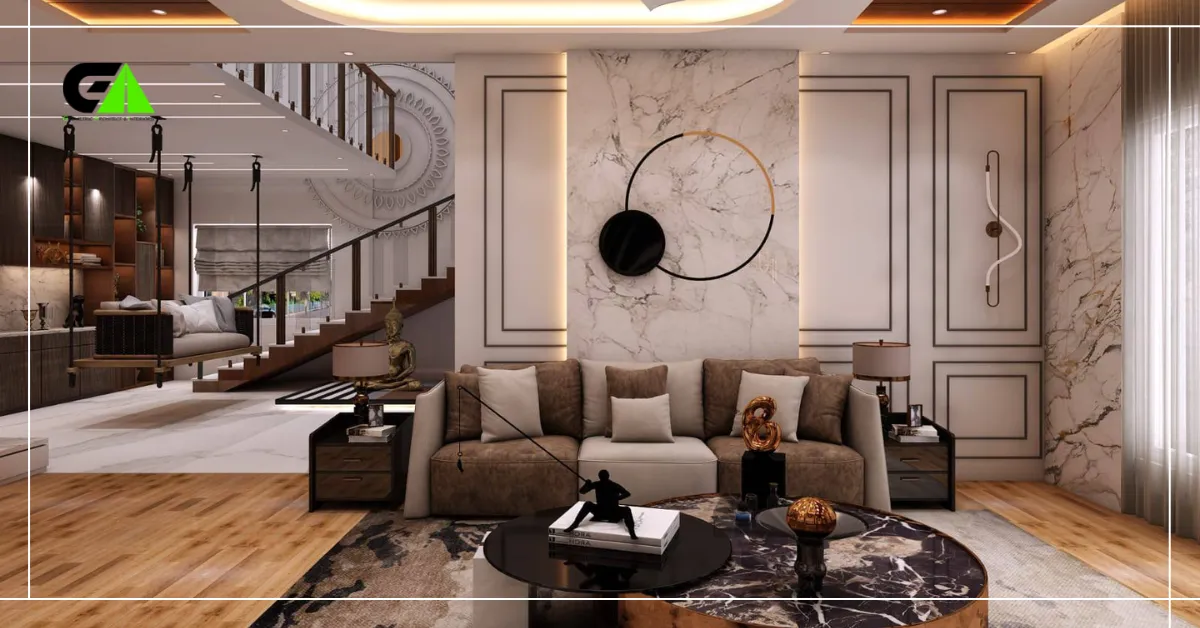
Characteristics Of Modern Design
Modern interior design is a popular style that emphasizes simplicity, function, and clean lines. It emerged in the early to mid-20th century and draws inspiration from modern art and architecture. This design style focuses on creating open spaces, reducing clutter, and using a neutral color palette. Let’s explore the key characteristics of modern design.
Key Elements
Modern design prioritizes open floor plans. Spaces feel airy and connected. Furniture has clean lines and minimal ornamentation. Built-in storage solutions help keep clutter at bay. Natural light is maximized through large windows and skylights. The goal is to create an uncluttered, functional space.
Color Schemes
Modern design uses a neutral color palette. Whites, grays, and beiges are common. Bold accent colors add interest and contrast. These colors are often found in artwork, rugs, or pillows. This creates a balanced and cohesive look. The use of color is intentional and sparing.
Materials And Textures
Modern design often features natural materials. Wood, metal, and glass are popular choices. These materials add warmth and texture. Smooth surfaces and sleek finishes are common. Textiles like wool, cotton, and leather add comfort. The mix of materials creates a sophisticated feel.
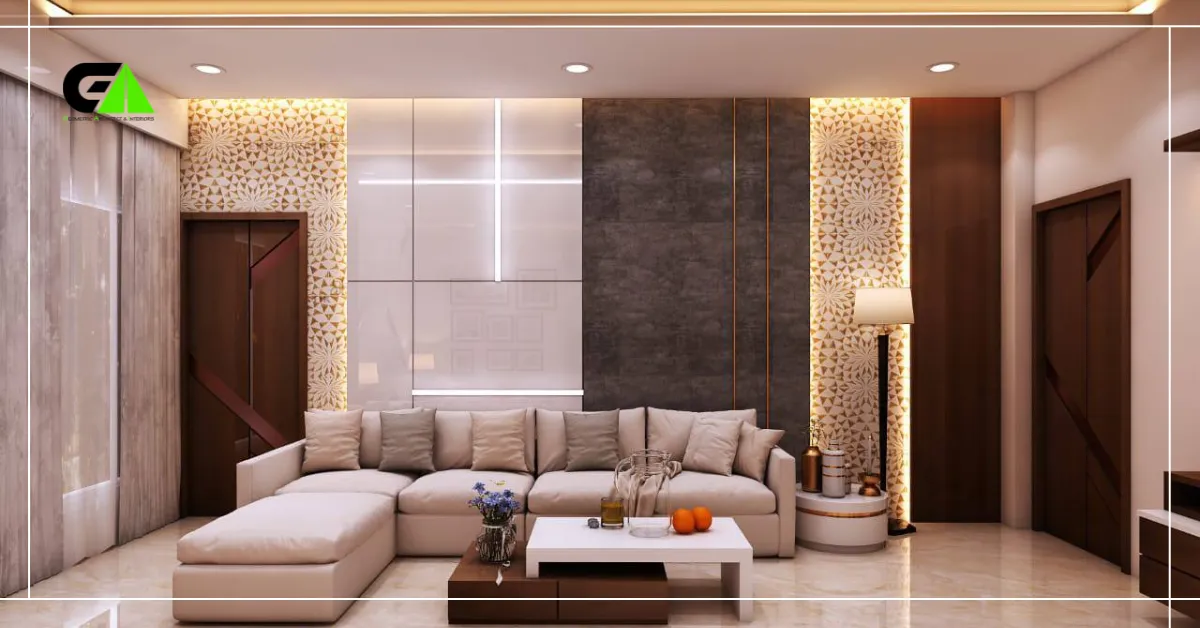
Characteristics Of Minimalist Design
Minimalist design emphasizes simplicity and functionality. It’s about creating a clean, uncluttered space. The focus is on the essentials, with each element serving a purpose. This style avoids excess and embraces a “less is more” philosophy.
Key Elements
Minimalist design includes a few key elements. Open spaces are crucial, making rooms feel airy and spacious. Simple lines and geometric shapes are preferred. Furniture is often sleek and modern. Clutter is minimized to keep the space tidy.
Color Schemes
Color schemes in minimalist design are typically neutral. White, black, and gray dominate. Sometimes, a few muted tones like beige or taupe are used. Bright colors are rare but can be used as accents. The aim is to keep the palette calm and soothing.
Materials And Textures
Materials in minimalist design are natural and simple. Wood, stone, and metal are popular choices. These materials add warmth and texture to the space. Textures are subtle but add depth. Smooth surfaces and clean finishes are preferred.
|
Element |
Characteristics |
|---|---|
|
Open Spaces |
Airy and uncluttered |
|
Lines and Shapes |
Simple and geometric |
|
Color Schemes |
Neutral and calming |
|
Materials |
Natural like wood and stone |
Minimalist design is about creating a space that feels open and calm. It’s about removing the unnecessary and focusing on what’s essential. This approach leads to a more serene and functional living environment.
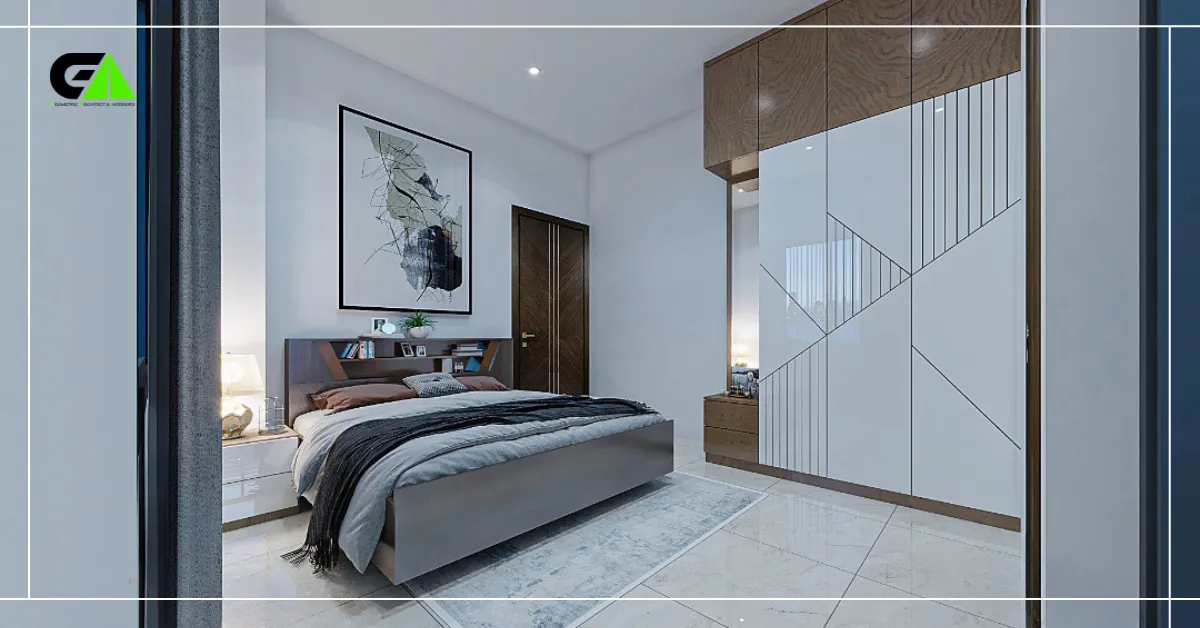
Comparing Modern And Minimalist Designs
Comparing Modern and Minimalist Designs can help you decide which style suits your home. Both have unique features. Both aim to create calm, clean spaces. Let’s explore their similarities, differences, and the pros and cons of each.
Similarities
Both Modern and Minimalist designs prioritize simplicity. Clutter-free spaces are key. Clean lines and open spaces are common in both. Neutral colors dominate. These styles create calm and serene environments. Functional furniture is preferred. Each piece serves a purpose. Both styles use natural light to enhance the space.
Differences
Modern design often includes bold colors. Minimalist design sticks to neutrals. Modern design uses varied materials. Minimalist design prefers fewer materials. Modern design can be eclectic. Minimalist design avoids excess. Modern design embraces trends. Minimalist design remains timeless. Modern design includes more decor. Minimalist design keeps decor minimal.
Pros And Cons
Modern design allows for creativity. You can mix and match. But it can feel busy. Minimalist design is calming. It reduces stress. But it can feel sparse. Modern design adapts easily. You can update it. Minimalist design is low maintenance. Cleaning is easy. But some may find it too bare.
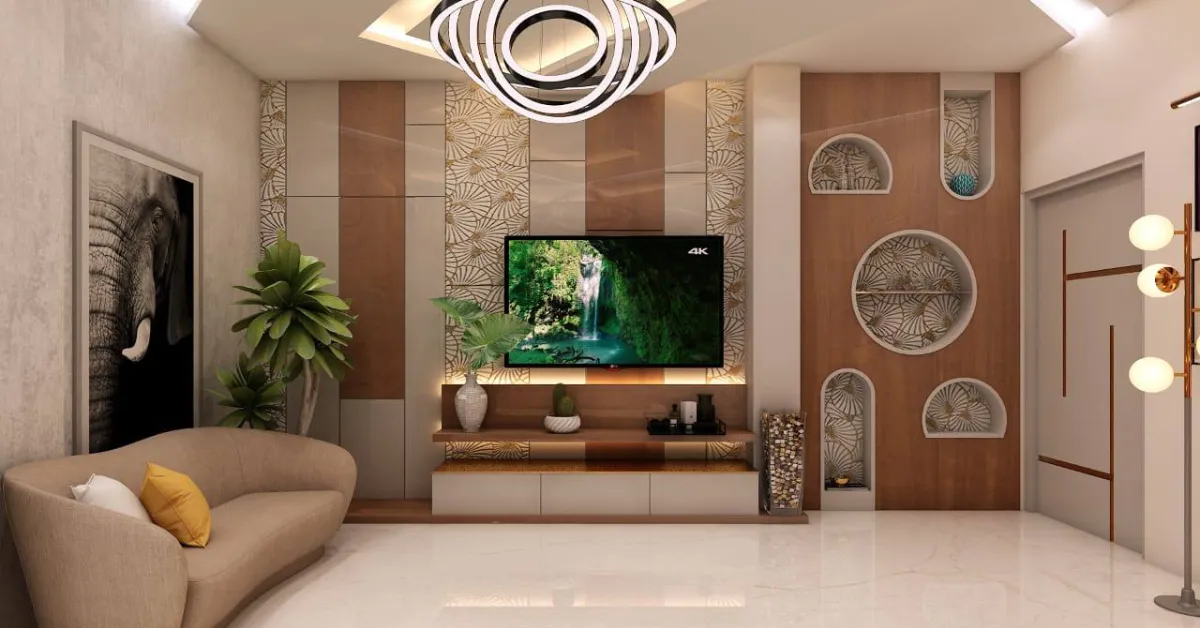
Choosing The Right Style For Your Space
Choosing the right style for your space can be challenging. Modern and minimalist designs are two popular choices. Each style has its unique appeal and benefits. Understanding the key differences helps you make an informed decision.
Assessing Your Preferences
Start by assessing your personal tastes. Do you prefer sleek, clean lines? Modern design might suit you. Or do you like simplicity and functionality? Minimalist design could be the answer. Reflect on what makes you feel comfortable and happy.
Considering Space And Function
Consider the size and purpose of your space. Modern design works well in larger areas. It often includes bold elements and statement pieces. Minimalist design is ideal for smaller spaces. It focuses on essential items and avoids clutter.
Think about the function of each room. A living room needs comfortable seating and storage. Modern design can offer stylish options. A minimalist approach keeps the room airy and functional.
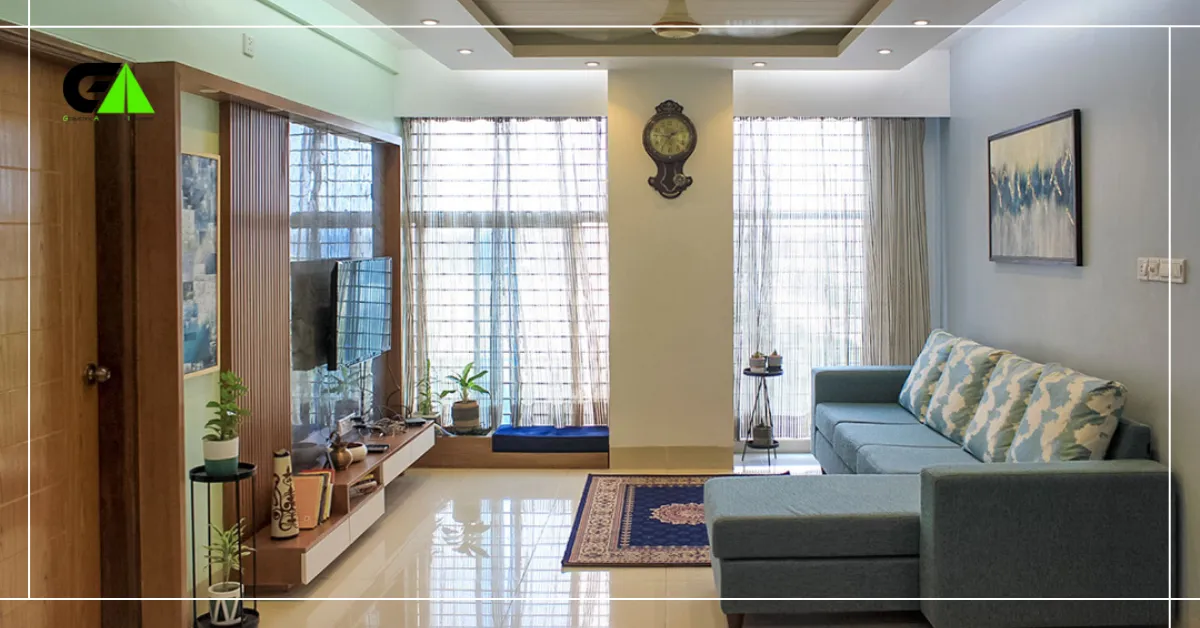
Incorporating Modern Elements
Incorporating modern elements into your interior design can breathe new life into your home. This section explores furniture selection, decor, accessories, and lighting choices. These tips will help you achieve a modern yet cozy space.
Furniture Selection
Choose sleek, functional furniture for a modern look. Focus on clean lines and neutral colors. Think of pieces like a low-profile sofa or a glass coffee table. These elements add an airy feel to the room.
- Modular sofas – Adaptable and space-saving.
- Glass tables – Reflect light and appear less bulky.
- Minimalist chairs – Simple yet stylish.
Decor And Accessories
Decorate with statement pieces that draw attention. Avoid clutter. Use items like large paintings or a unique sculpture. These add personality without overwhelming the space.
| Item | Benefit |
|---|---|
| Large artwork | Creates a focal point |
| Geometric rugs | Adds texture and pattern |
| Metallic accents | Provides a modern touch |
Lighting Choices
Lighting plays a vital role in modern design. Use a mix of ambient, task, and accent lighting. Try pendant lights over dining areas and floor lamps beside reading chairs.
- Pendant lights – Offer focused light and style.
- Floor lamps – Versatile and functional.
- Recessed lighting – Provides clean, unobtrusive light.
Choose fixtures with clean lines and metallic finishes. This enhances the modern aesthetic.
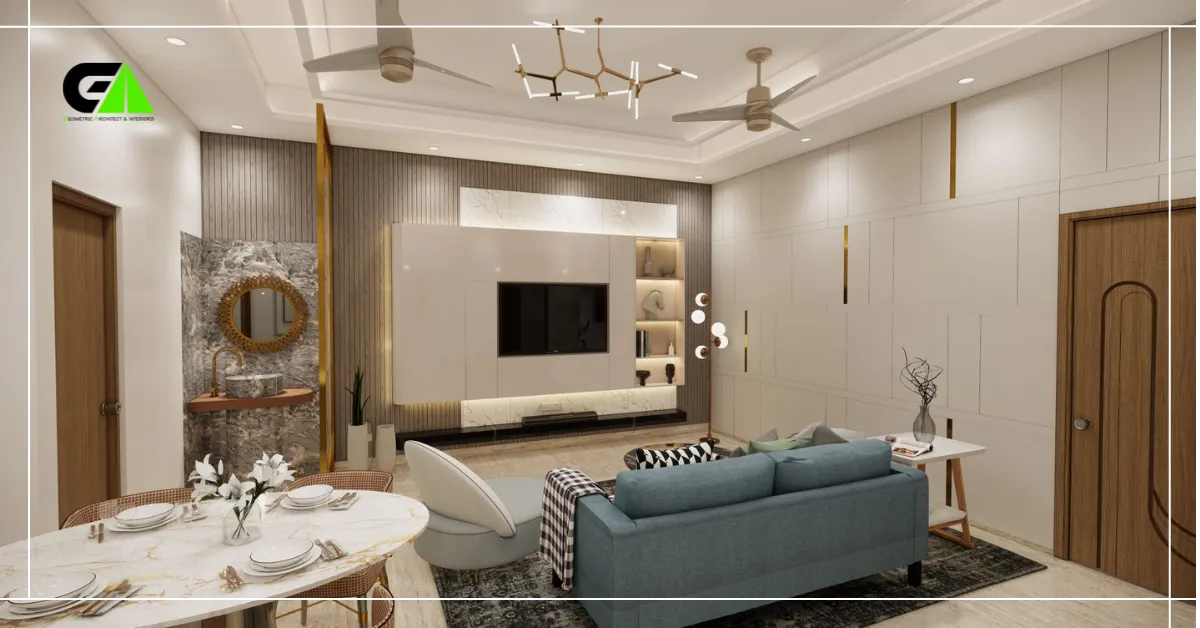
Incorporating Minimalist Elements
Incorporating minimalist elements into your home can create a serene and clutter-free environment. This style focuses on simplicity and functionality, ensuring each piece has a purpose. Let’s explore how to achieve this look with furniture, decor, and lighting.
Furniture Selection
Choose furniture with clean lines and simple shapes. Avoid ornate details. Select pieces made from natural materials like wood or metal. Opt for multi-functional furniture to maximize space. A sofa with hidden storage or a foldable dining table can be great choices. Keep colors neutral to maintain a calm atmosphere.
Decor And Accessories
Minimize the number of decorative items. Less is more in minimalist design. Select decor that has personal meaning or serves a function. A single piece of art or a well-placed plant can make a statement. Avoid clutter by using storage solutions. Keep surfaces clear and organized.
Lighting Choices
Natural light is key in minimalist design. Use sheer curtains to allow light to flow in. Choose simple light fixtures with clean lines. Avoid elaborate designs. Select fixtures in neutral colors. Use floor and table lamps to create a warm ambiance. Ensure lighting is functional and enhances the space.
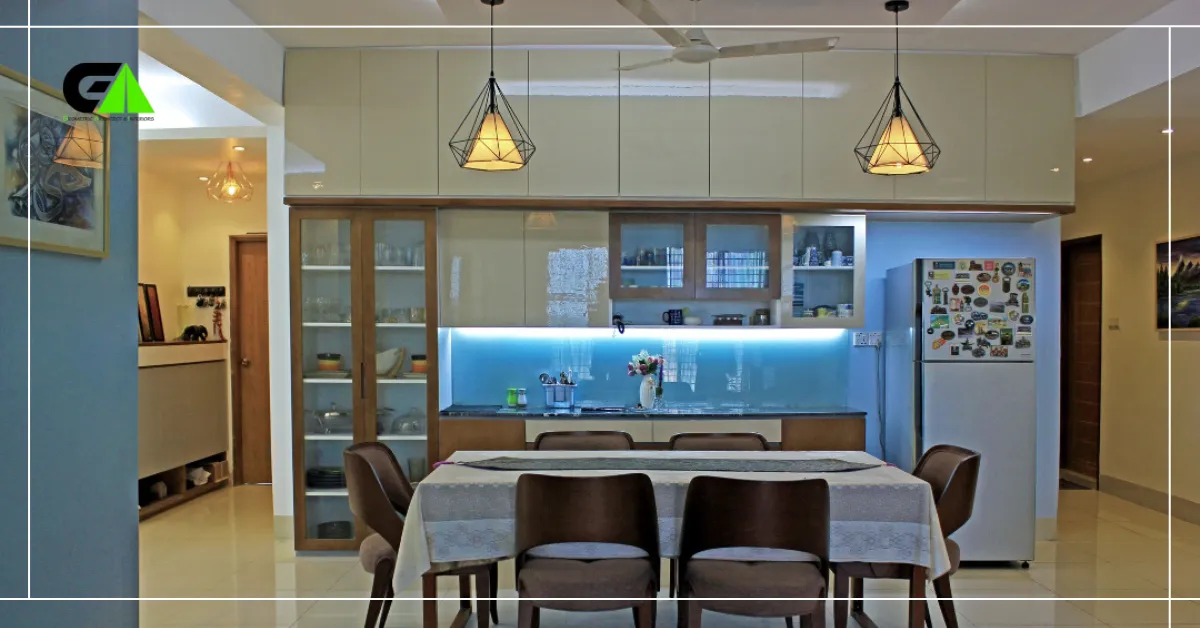
Blending Modern And Minimalist Styles
Blending modern and minimalist styles can create a beautiful and functional space. Both styles focus on simplicity but have distinct characteristics. By combining them, you can achieve a balanced and elegant look for your home. Let’s explore how to harmonize elements, create balance, and see real-life examples.
Harmonizing Elements
To blend modern and minimalist styles, focus on key elements. Use clean lines and neutral colors. Modern design often features bold accents. Minimalist design emphasizes simplicity and function. Combine these elements to create a cohesive look.
| Modern Elements | Minimalist Elements |
|---|---|
| Bold accents | Neutral colors |
| Geometric shapes | Simple forms |
| Innovative materials | Functional pieces |
Creating Balance
Balance is crucial in blending these styles. Avoid clutter and stick to essential items. Use furniture that serves a purpose. Combine modern pieces with minimalist decor. This approach keeps your space both stylish and practical.
- Choose functional furniture
- Stick to a neutral color palette
- Incorporate bold accents sparingly
- Use geometric shapes for visual interest
Real-life Examples
Seeing real-life examples can help you visualize the blend. In a living room, combine a sleek sofa with a minimalist coffee table. Add a modern art piece on the wall. Use neutral tones for the walls and floors. This creates a balanced and inviting space.
- Sleek sofa with minimalist coffee table
- Modern art piece on the wall
- Neutral tones for walls and floors
In a bedroom, use a simple bed frame with clean lines. Add modern lighting fixtures. Keep decorations minimal. This blend creates a peaceful and stylish retreat.
- Simple bed frame with clean lines
- Modern lighting fixtures
- Minimal decorations
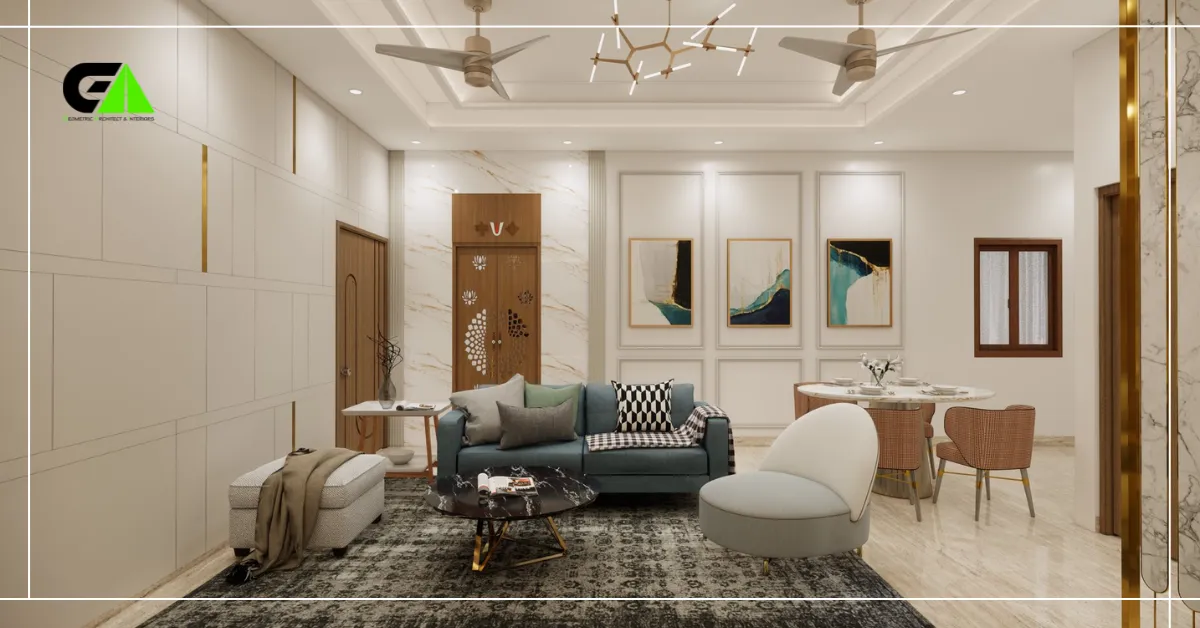
Frequently Asked Questions
What Defines Modern Interior Design?
Modern interior design emphasizes clean lines, simplicity, and functionality. It often incorporates neutral colors, natural materials, and minimal ornamentation.
How Is Minimalist Design Different?
Minimalist design focuses on simplicity and decluttering. It uses fewer elements, neutral colors, and functional furniture to create a serene space.
Can Modern Design Be Minimalist?
Yes, modern design can incorporate minimalist principles. Both styles value simplicity, clean lines, and functional spaces, but modern design may include more decorative elements.
What Are Key Elements Of Minimalist Interiors?
Key elements include neutral colors, simple furniture, and a clutter-free environment. Minimalist interiors emphasize functionality and open spaces.
Conclusion
Choosing between modern and minimalist design depends on personal taste. Both styles offer unique benefits. Modern design provides warmth and variety. Minimalist design offers simplicity and calm. Think about your lifestyle and preferences. Do you prefer bold or understated? Reflect on your needs and space.
Either choice can create a beautiful, functional home. Enjoy the process of designing your space. Happy decorating!

